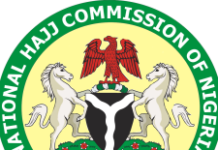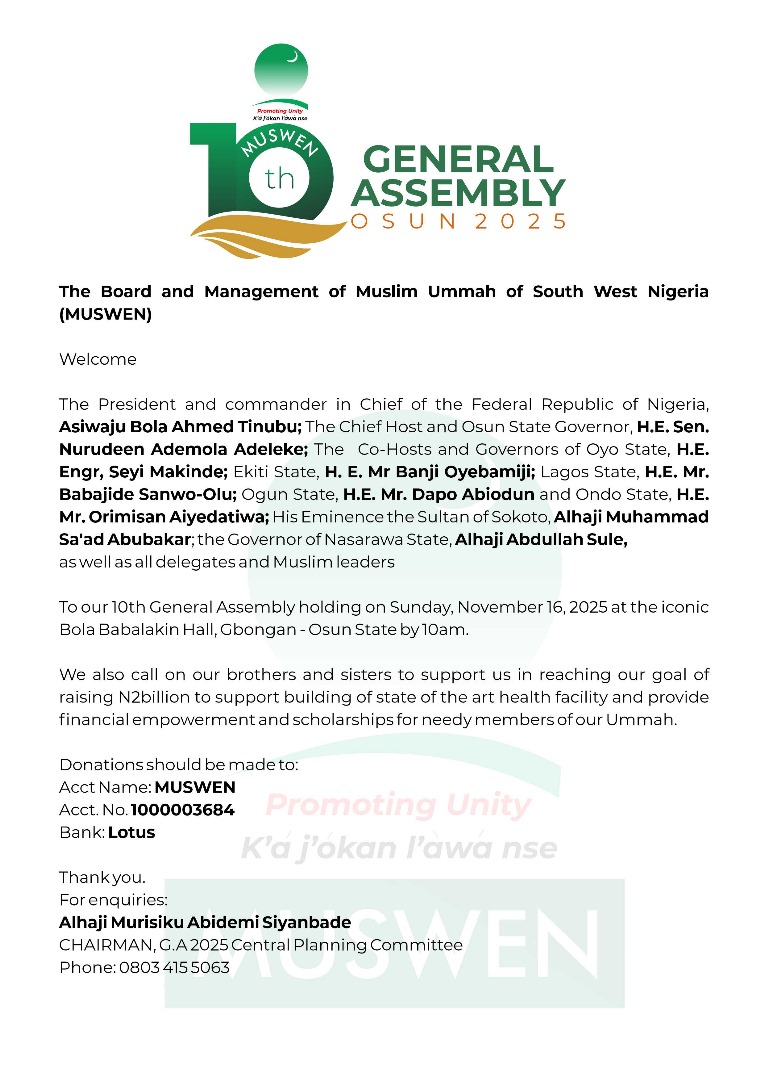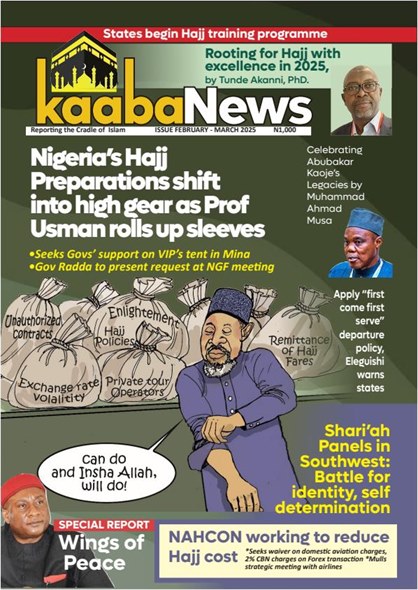The Chairman of the National Hajj Commission of Nigeria (NAHCON), Prof. Abdullahi Saleh Usman, has announced an extension of the deadline for 2025 Hajj registration to February 10, 2025.
This decision follows appeals on behalf of intending pilgrims who were unable to complete their registration on time. The extension was announced during a Zoom meeting between NAHCON and key Hajj stakeholders on the night of Tuesday, February 4, 2025.
Prof. Usman urged Executive Secretaries (ES) of State Pilgrims’ Welfare Boards to cooperate with NAHCON to ensure timely transfer of funds. This is crucial for securing accommodations that have already been inspected and booked.
It is important to note that Saudi Arabia has set February 14, 2025, as the deadline for contract signings. This means all payments must reach the designated IBAN account in Saudi Arabia before that date to be recognized on the e-track (Nusuk Masar) registration portal. Given the time required for international transfers, early remittance is essential.
The Commissioner of Operations, Prince Anofiu Elegushi, proposed that pilgrims who can afford the Hajj fare—excluding the $500 Basic Travel Allowance (BTA)—should proceed with their payments while sourcing the travel allowance separately.
He noted that some pilgrims fell short by ₦200,000, preventing them from completing their payments despite reaching the required Hajj fare amount.
Supporting the Chairman’s call, Malam Idris Almakura, ES of Nasarawa and Chairman of the Forum of States, advised his colleagues to remit available funds immediately rather than waiting for the deadline.
He emphasized the importance of transferring funds before the physical meeting scheduled for Tuesday.
Similarly, Alhaji Faruku Yaro, ES of Kebbi State and Deputy Chairman of the Forum, urged his colleagues to promptly remit all payments made by pilgrims into NAHCON’s CBN account.
He cautioned that delays could lead to contract cancellations, as experienced last year. He also encouraged them to take advantage of the current favorable foreign exchange rates before any market fluctuations disrupt the cost structure.
























